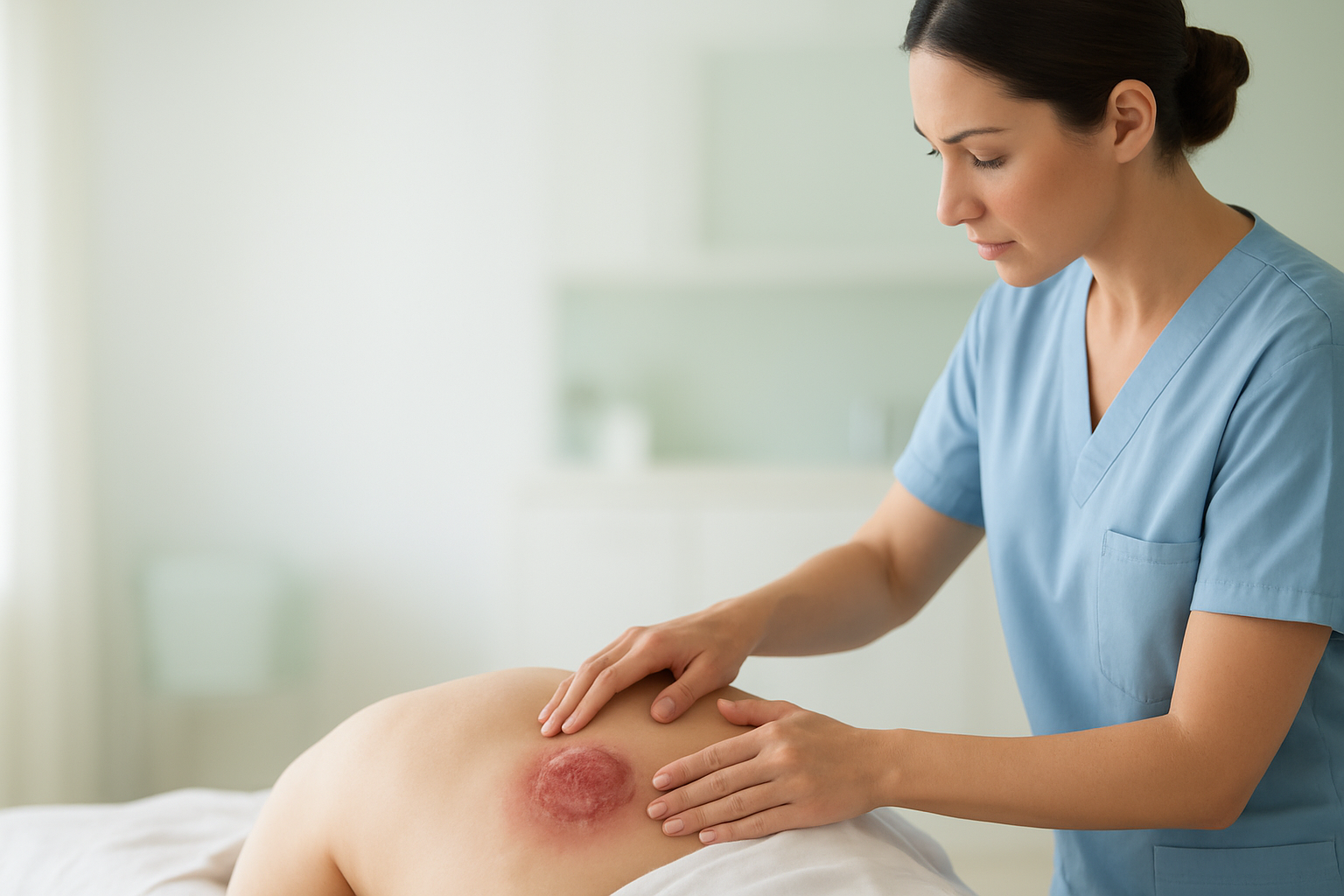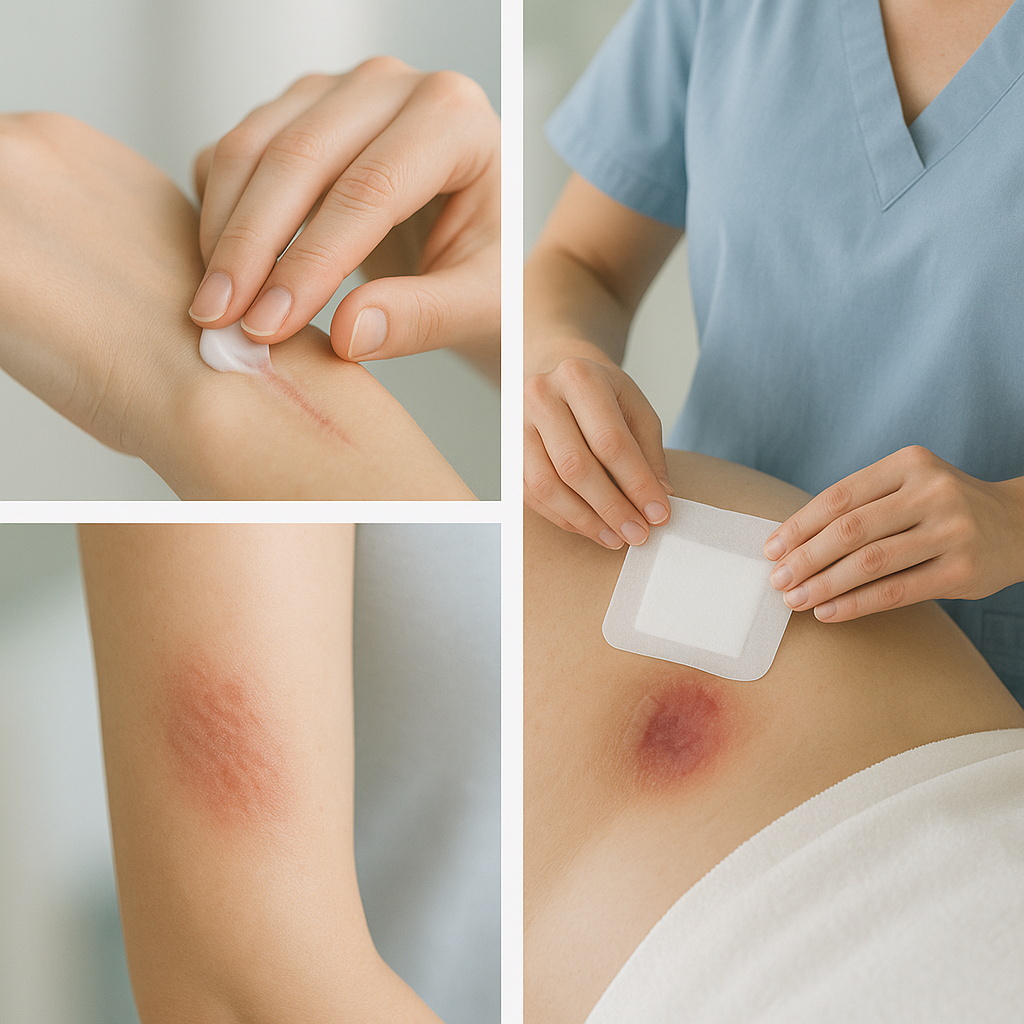Diaper Rash Care
Complete diaper rash management for babies and toddlers. Expert guidance on prevention, gentle treatment, and creating healthy diaper routines for comfort and healing.

2-4 Days
Typical healing time
Preventable
With proper care routine
Understanding Diaper Rash
Diaper rash is a common skin irritation affecting babies and toddlers in the diaper area. While usually mild and treatable at home, understanding the causes and proper care techniques helps prevent discomfort and promotes rapid healing.
Common Causes
- Prolonged wetness and moisture exposure
- Friction from tight or rough diapers
- Bacterial or yeast infections
- New foods or antibiotic use
Risk Factors
- Frequent diaper changes and monitoring
- Gentle cleaning and thorough drying
- Proper diaper fit and breathable materials
- Regular diaper-free air exposure time
Types of Diaper Rash & Treatment

Contact Dermatitis
Most common type caused by prolonged contact with wetness. Appears as red, irritated skin in areas that touch the diaper, especially around edges.
Recommended Products:

Yeast Infection
Fungal infection appearing as bright red rash with raised borders and satellite spots. Often occurs in skin folds and doesn't improve with basic care.
Recommended Products:

Bacterial Infection
Bacterial infection with pustules, open sores, or honey-crusted areas. May be accompanied by fever and requires immediate medical attention.
Recommended Products:

Allergic Reaction
Reaction to diaper materials, wipes, or products. Appears as red, inflamed skin that matches the pattern of diaper contact or product application.
Recommended Products:
Treatment Timeline & Care StepsRecognizing the Symptoms
Immediate Care (Day 1-2)Early Symptoms
- Increase diaper change frequency to every 1-2 hours
- Clean gently with warm water and soft cloth
- Allow air drying time before applying new diaper
- Apply thick layer of barrier cream or ointment
- Use larger diaper size to reduce friction
Ongoing Treatment (Day 3+)Advanced Symptoms
- Continue gentle cleansing and frequent changes
- Provide daily diaper-free time for air exposure
- Monitor for improvement or worsening symptoms
- Consider switching diaper or product brands
- Consult pediatrician if no improvement after 3 days
Essential Care Strategies
Proper Diaper Routine
Change diapers frequently, especially after bowel movements. Use proper sizing and ensure good fit without being too tight to allow air circulation.
Gentle Cleaning
Use warm water and soft cloths for cleaning. Avoid harsh wipes with alcohol or fragrances. Pat dry instead of rubbing to prevent further irritation.
Protective Barriers
Apply zinc oxide or petroleum-based barrier creams to create a protective layer. Use thick applications and don't completely remove between changes.


